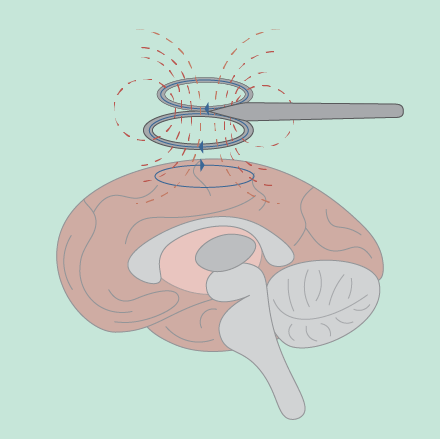Futurism, Brooklyn, New York. Covering the latest scientific breakthroughs and technological innovations.
More progress with cancer using a senolytic compound found in Indian Long Peppers.
DALLAS – January 3, 2017 – UT Southwestern Medical Center scientists have uncovered the chemical process behind anti-cancer properties of a spicy Indian pepper plant called the long pepper, whose suspected medicinal properties date back thousands of years.
NASA’s Chandra X-ray Observatory has completed the deepest X-ray image ever obtained, made with over 7 million seconds of observing time revealing the best picture ever at the growth of black holes over billions of years beginning soon after the Big Bang. The central region of the image contains the highest concentration of supermassive black holes ever seen, equivalent to about 5,000 objects that would fit into the area of the full Moon and about a billion over the entire sky.
Hey folks, want to help the Life Extension Advocacy Foundation get dr. Michio Kaku’s attention? Like this comment on Kaku’s page by Keith Comito:
https://www.facebook.com/michiokaku/posts/10154741076206203
Thanks!
#aging #crowdfundthecure
Jan. 04, 2017 — 4:52 — Theoretical physicist Dr. Michio Kaku discusses ‘digital immortality’ and how technology could bring loved ones back to life.
Posted in transportation
Interesting and I remember coming across similar research a few years ago.
Brain stimulation might sound like some Frankensteinian demonstration from a Victorian science fair. But in reality, it is a contemporary technique making a huge impact in neuroscience by addressing a longstanding limitation of traditional methods for investigating human brain function. Such techniques, like EEG and fMRI, can only be used to infer the effects of a stimulus or task on brain activity, and not vice versa. For example, a scientist might use EEG to study the effect of a task like arm movement on brain activity, but how can one study the effect of brain activity on arm movement?
Today, noninvasive brain stimulation techniques such as transcranial magnetic stimulation (TMS) are offering alternatives to old paradigms. TMS can excite or suppress underlying brain tissue safely and ethically, allowing researchers to study causal relationships between brain circuits and behavior. What’s more, TMS may have therapeutic value in treating brain disorders such as depression.
